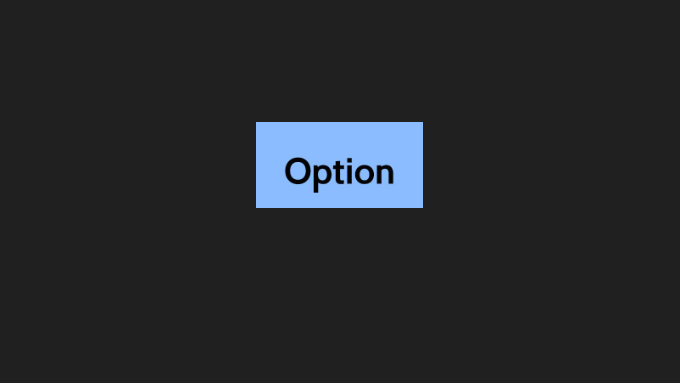What are options?
Options are financial derivatives. A buyer of an option gives the buyer the right, but not the obligation, to buy or sell an underlying asset, such as a stock, at a predetermined price (strike price) within a specified time frame. A seller of an option is obligated to sell or buy an underlying asset, such as a stock, at a predetermined price (strike price) within a specified time frame. Option buyer pays the premium to the option seller to buy the rights which come along with it. Option sellers keep the premium as they are obligated to perform if the prices of the underlying asset move adversely. Options are also marked to market at the end of the day. If the account value falls below a particular limit value of the options, then there is a call to make up the margin. If the difference is not deposited immediately, then the brokerage home has the right to sell your assets in your brokerage account. Therefore, options are riskier than other investments.
Options are versatile and are used for various strategies, including hedging, speculation, and income generation.
There are two types of options: Call options and Put options.
- Call Options:
- A buyer of the call option gives the buyer the right to purchase the underlying asset at the strike price before the option expires. Investors buy call options when they anticipate the price of the asset will rise.
- Conversely, the seller of the call option will be obligated to sell the underlying asset, such as a stock, at a predetermined price (strike price) within a specified time frame.
- For example, if an investor buys a call option with a strike price of $50 on a stock currently trading at $45, they expect the stock to rise above $50 before the option expires. If the stock price becomes higher than the strike price the buyer of the call option has the right to buy the stock at the strike price which is lower than this new higher price and make a profit. Conversely the seller will be obligated to buy the stock from the market at the new higher price and deliver(sell) it to the call option buyer at the lower strike price.
- Put Options:
- A buyer of a put option gives the buyer the right to sell the underlying asset at the strike price before the option expires. Investors buy put options when they anticipate the price of the asset will fall.
- Conversely, the seller of the call option will be obligated to buy the underlying asset, such as a stock, at a predetermined price (strike price) within a specified time frame.
- For instance, if an investor buys a put option with a strike price of $50 on a stock currently trading at $55, they expect the stock to drop below $50 before the option expires. If the stock price becomes lower than the strike price the buyer of the put option has the right to sell the stock at the strike price which is higher than this new lower market price and make a profit. Conversely the seller will be obligated to buy the stock from the put holder at the new higher price and sell it in the market at the lower strike price thus making a loss on the trade.
Options are invested in by the portfolio managers to hedge various risks to their portfolios and for income generation, experienced traders as speculators to make profit. Options require both an
initial and maintenance margin requirements. Options are suitable for those investors who have a much higher risk-taking ability and aptitude.

